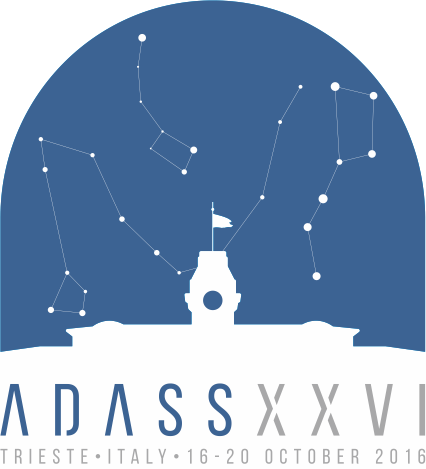Kovaleva Dana
Contact

- Position:
- INASAN - Institute of Astronomy, Russian Acad. Sci., Moscow
- Address
- Russia
Miscellaneous Information
- Miscellaneous Information
-
Abstract Reference: 30213
Identifier: P2.10
Presentation: Poster presentation
Key Theme: 2 Management of Scientific and Data Analysis Projects
The Binary star DataBase BDB v3.0 (lightning talk)Authors:
Kovaleva Dana, Malkov Oleg, Kaygorodov Pavel, Bernard Debray, Karchevsky AlexeyAmong the diversity of astronomical data, data on binary and multiple stars are remarkable by non-homogenous variety and difficulty to automated processing. Binaries are observed by various methods resulting in various datasets. There are many catalogues and databases addressing to certain observational types of binaries (e.g. eclipsing, visual, spectroscopic, etc.) However, data in these datasets are often related with different types of objects (say, with components, or with a pair as a whole), and cross identifications for the objects were often non-existent or unreliable. This prevented data aggregation for the same objects to perform comprehensive investigations of binary and multiple stars. On the other hand, the population of binary and multiple stars is numerous and represents subject of interest to investigators of many fundamental fields, such as star formation, galactic and stellar evolution, and so on. The Binary star DataBase (http://bdb.inasan.ru) is intended to join all catalogued data for binary and multiple stars to allow user its combined analysis. This involved development of data model for binary and multiple stars including three categories of objects, Systems, Pairs and Components, to establish correct links between objects and data. To solve problems of cross-identification for the objects in binary and multiple stars, we've created an index catalogue of binary and multiple stars ILB implementing specially developed designation scheme BSDB so that objects and data are properly assigned to each other.
The current version of BDB is implemented in stackless Python using the Nagare (http://www.nagare.org/) framework. All of the data is stored in PostgreSQL database. The web-interface includes a module, simplifying process of catalogues integration and verification. Users can query the data using ID's, belonging to one of 12 identification systems, or via parameter search.
We shall discuss common problems which we faced on during BDB development. Also the update to version 3.0 will be announced, planned for release by fall 2016. It will introduce batch mode request option and improved search by parameter (implementing VO ConeSearch protocol), and new data output options. The set of catalogues newly added to the BDB, will be referred. The BDB tends to be a major data source and tool for different types of binary systems, and the release of new version becomes an important step toward this purpose.



